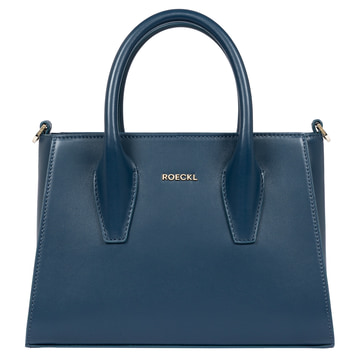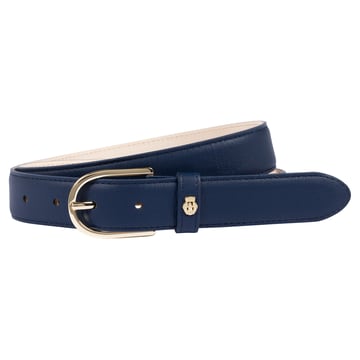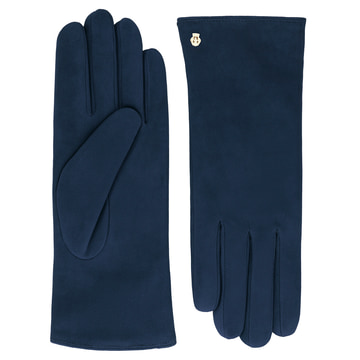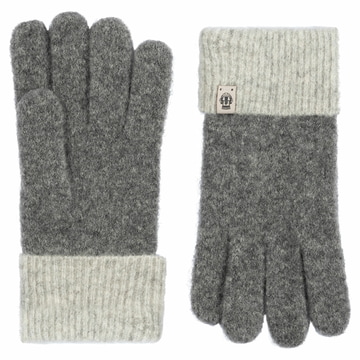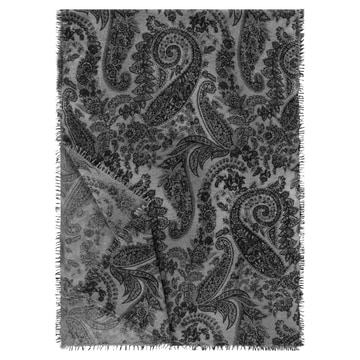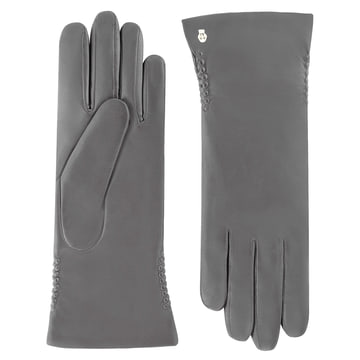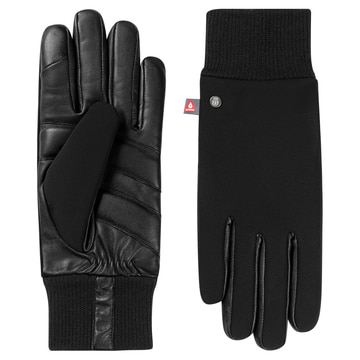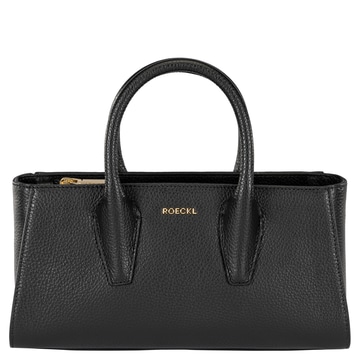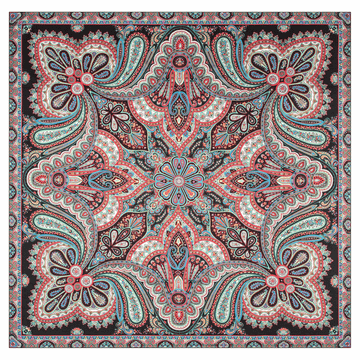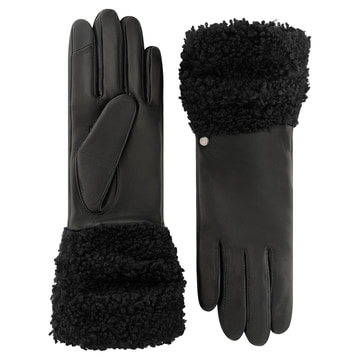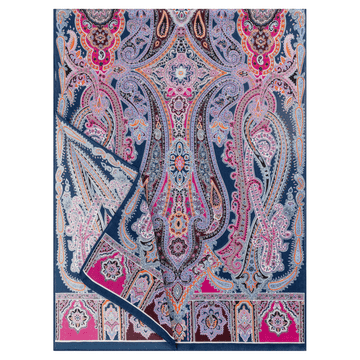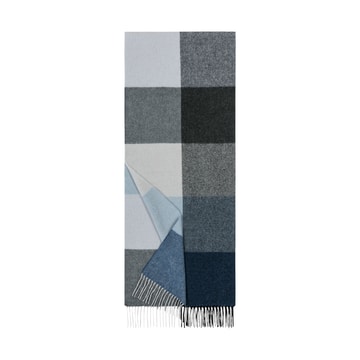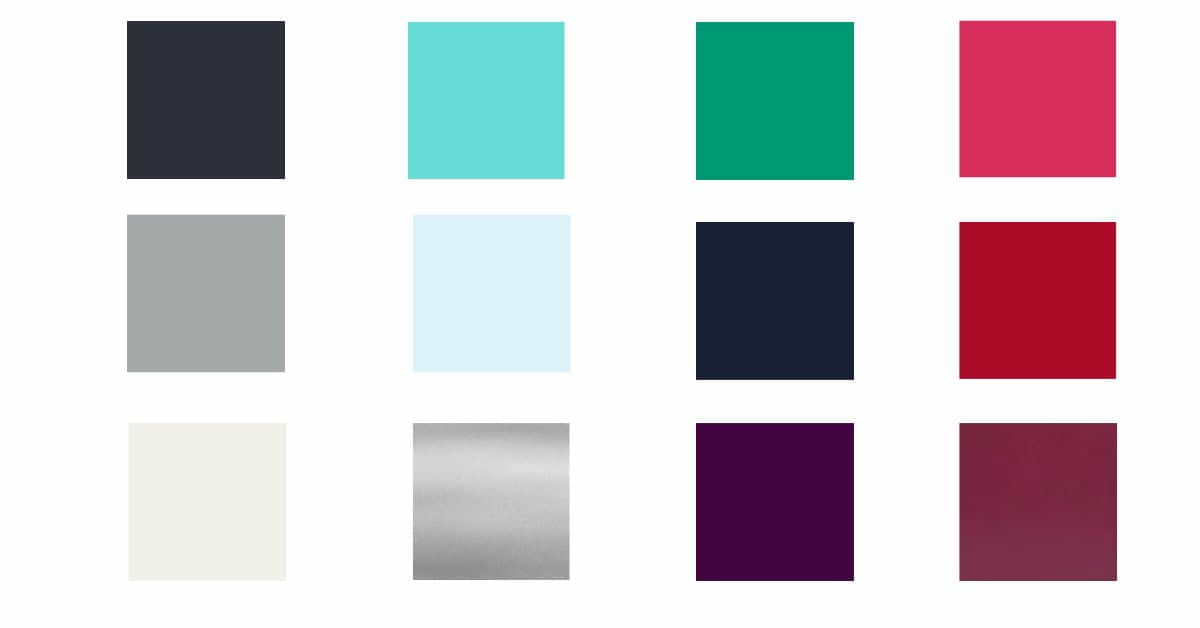Which colors suit winter types? Color palette & accessory ideas
Step by step: How to find your color season
1. Determine your skin undertone (warm vs. cool)
Veins test (wrist)
-
Look at the veins on the inside of your wrist in daylight:
-
Bluish or purple → You have a cool undertone.
-
Greenish → You have a warm undertone.
-
Not clear? → Then you may be neutral (in-between type).
-
Jewelry test (silver vs. gold)
-
Hold silver and gold jewelry (or foil) alternately directly under your face:
-
Silver makes your complexion appear fresher, clearer, and more vibrant → cool type
-
Gold harmonizes better with your skin, appears warmer and softer → warm type
-
2. Analyze the brightness overall (light vs. dark)
Observe hair color, skin, and eyes:
-
Light appearance (e.g., blonde or light brown hair, light skin, delicate eye color) → Indicates spring or summer
-
Dark appearance (e.g., dark brown or black hair, strong eye color) → Indicates fall or winter
3. Check contrast (low vs. high)
-
High contrast between skin, hair, and eyes → Typical for winter and fall types
-
Soft, harmonious overall impression → Indicative of spring or summer types
4. Color draping: What makes your face glow?
-
Hold different colored fabrics or cloths under your face (e.g., pink vs. apricot, snow white vs. cream white).
Pay attention to:
-
Whether your skin looks clearer, fresher, and more even
-
Or whether you look pale, sallow, or tired
-
Wrinkles and dark circles under the eyes are visually reduced with the right colors
5. Classification into the color seasons
Who belongs to the winter season?
The winter type have a distinctive, high-contrast appearance. The skin is often very light or olive-toned with a cool undertone. The hair is typically dark brown to black, frequently with an ash tone. The eyes are crystal clear – ice blue, dark brown, or gray – and create a strong contrast with the skin.
The best colors for the winter season
Winter types look particularly good in clear, cool, and strong colors—pure primary colors and contrasting tones are ideal.
| Color group | Recommended colors |
|---|---|
| Blue | Royal blue, cobalt blue, ice blue, navy blue |
| Red | Cherry red, raspberry red, carmine red |
| Green | Emerald green, blue-green, turquoise |
| Pink | Fuchsia, magenta, cyclamen |
| Purple | Aubergine, plum |
| Neutral | Pure white, snow white, anthracite, black, silver gray |
Colors that are less effective – and alternatives
-
Beige and warm brown quickly make the winter type look pale → better: anthracite or silver gray
-
Gold rarely fits → silver or platinum is ideal
-
Delicate pastels fade → better: clear, cool colors with depth
Accessory tip:
A scarf in cobalt blue, emerald, or fuchsia will instantly brighten your complexion—especially when paired with monochrome outfits in black or white.
Overview of your colors
Subtypes of the winter color season
-
Bright Winter: Radiant, contrasting colors such as pure white, cobalt blue, or pink emphasize freshness and clarity.
-
Deep Winter: Very dark, strong colors such as black, burgundy, or pine green emphasize a strong charisma.
-
Cool Winter: Clear, cold colors without any warm undertones such as snow white, ice blue, or emerald green are the best fit.

